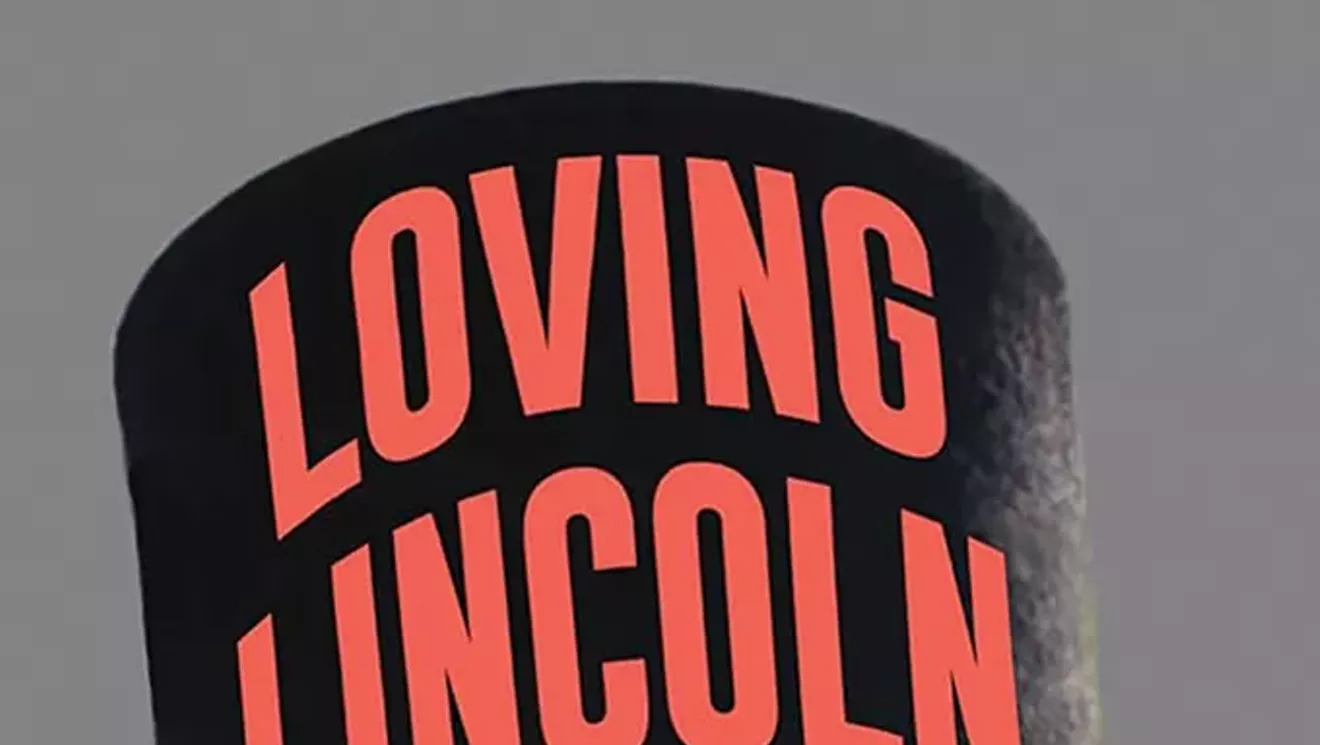
Stacy Lynn, Loving Lincoln: A Personal History of the Women Who Shaped Lincoln’s Life and Legacy. Carbondale: Southern Illinois University Press, 2025. 278 pp., illustrations, notes, bibliography, index.
When I finished reading the preface to Stacy Lynn’s Loving Lincoln: A Personal History of the Women Who Shaped Lincoln’s Life and Legacy, I was in tears. She had precisely nailed the types of demeaning and painful incidents experienced by most women historians and scholars in male-dominated fields. It was not at all what I expected.
But Loving Lincoln is not an “Oh poor me” tear-jerker memoir. Rather, it is a thoroughly researched study of how Abraham Lincoln interacted with, learned from, and sometimes assisted the many women in his life. Dr. Lynn (who went by Stacy Pratt McDermott when she lived and worked in Springfield) uses her historical and personal background knowledge to suggest some nuances that other (male) historians have missed.
The book is composed of 30 short (3-8 page) essays, each dealing with a single woman or a small group representing a category. Not surprisingly, Lynn includes Lincoln’s mother and stepmother, his known and supposed romantic interests, women friends in New Salem, legal clients, and petitioners with requests while Lincoln was president. None of the essays is a complete biography of the women discussed, but rather just the things that the reader needs to know to understand how they contributed to Lincoln’s life. Each woman mentioned is also briefly identified in a helpful alphabetical appendix at the end of the book.
Lincoln’s wife, Mary, is treated in six chapters, examining different aspects of her personality, experiences and impact on Lincoln. She is the most controversial of the women presented. In even the recent past, certain (mostly male) historians have tended to magnify her flaws, presenting her as a continual example of bad behavior, an embarrassment to Lincoln, and the partner in a marriage that was Lincoln’s greatest mistake.
Lynn, who has previously published a biography entitled Mary Lincoln: Southern Girl, Northern Woman, does not ignore Mary’s flaws. Instead, she acknowledges both Lincolns as flawed human beings who loved one another, supported one another, and worked together using their respective skills and interests to make a family life and Abraham’s career, despite sometimes crushingly difficult circumstances.
There are three parts of the book’s subtitle that are helpful for understanding what this volume is about. First, the “personal history.” From 2014 to about 2021 Lynn went through her own “perfect storm” of terrible experiences. She tells that story, not only for itself and herself, but for the ways her story illuminates some of the women she writes about. I am not going to infringe by telling her story here – you can read it in her book.
It is also important to note that Lynn’s more than 20 years of work with the Lincoln Legal Papers/Papers of Abraham Lincoln gave her the skills (some of which she discusses), knowledge and, I think, the right, to express her own informed views on some of the Lincoln hot topics, such as Lincoln’s relationships with Ann Rutledge and Mary Lincoln.
Second, “the women who shaped Lincoln’s life.” As Lynn points out, most historians proclaim Lincoln as a self-made man, a concept that was popular in the 19th century. While historians acknowledge that Lincoln needed help to be elected president, the help was all provided by the activities of those exclusively male politicians and lawyers like David Davis, Norman Judd and their allies. But, Lynn asks, what about the women like his mother/stepmother and sister/stepsisters who provided initial love and character training? Or the women in New Salem who aided Lincoln’s maturing process? A number of the featured women, Lynn emphasizes, were strong and articulate, and like Lincoln, Kentucky natives. These women taught him to pay attention, listen, show respect and exhibit kindness toward women as well as men. All these qualities would be necessary for Lincoln as both a lawyer and as president.
Third, the women who shaped Lincoln’s “legacy.” This category includes quite a variety of women, from Mary Lincoln insisting that Abraham be buried at Oak Ridge Cemetery, and Vinnie Ream, at the age of 18 being awarded the commission to make a Lincoln statue for the U.S. Capitol, to Ida Tarbell and Ruth Randall’s biographies of Abraham and Mary Lincoln respectively. And then, there is Stacy Lynn herself, contributing to Lincoln’s legacy as well.
Studies of Abraham Lincoln written by women are infrequent. Studies about Lincoln and women tend to focus on the tragic (Ann Rutledge), the comedic (Mary Owens), and the tempestuous (Mary Lincoln). So, Stacy Lynn’s study of Lincoln’s many other relationships with women is uncommon and worth reading. Her decision to include herself as one of those women is courageous.
Springfield historian Glenna R. Schroeder-Lein earned her Ph.D. in history from the University of Georgia and spent two-and-a-half years as an assistant editor at the Papers of Abraham Lincoln.


